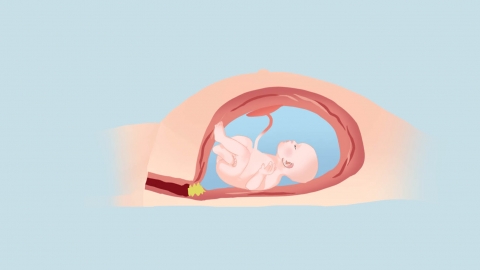What does persistent occiput transverse position dystocia mean?
Generally, persistent transverse occipital dystocia refers to a situation during labor where the fetal head engages in a transverse occipital position, and during descent, the fetal枕骨 (occiput) continuously fails to rotate forward, remaining laterally positioned within the mother's pelvis until late in labor, thereby causing difficulty in delivery. A detailed explanation is as follows:

During normal labor, the fetal head usually engages in either the transverse occipital or posterior occipital position. Within the mechanism of labor, the fetal head performs a series of rotational movements inside the pelvis, one of the most important being the anterior rotation of the fetal occiput. Persistent transverse occipital dystocia mainly occurs due to abnormal pelvic morphology, such as a funnel-shaped pelvis, making the diameters of various pelvic planes unfavorable for fetal head rotation; or due to inadequate uterine contractions, which fail to propel the fetal head into effective rotation. Fetal factors, such as an increased diameter of the fetal head or poor fetal head flexion, can also contribute to this condition. This type of dystocia may prolong labor, increase maternal physical exhaustion and discomfort, and potentially lead to adverse outcomes such as fetal distress.
Routinely, a balanced diet should be maintained to control fetal weight gain, avoiding excessive intake of high-calorie and high-fat foods to prevent fetal macrosomia. At the same time, appropriate physical activities such as walking and prenatal yoga can help strengthen the pelvic floor muscle strength and improve the flexibility of the pregnant woman's body.




